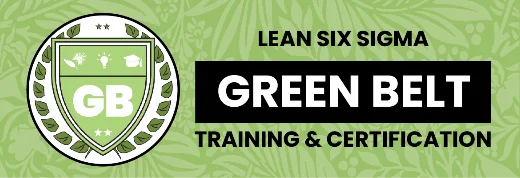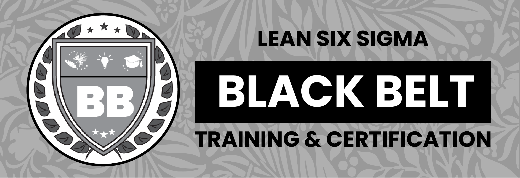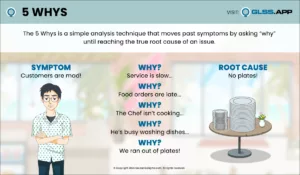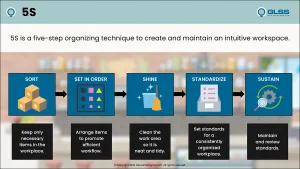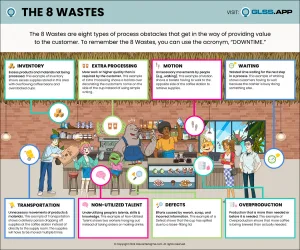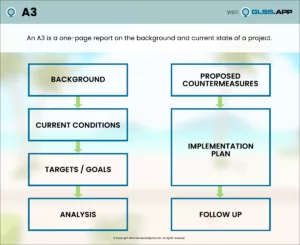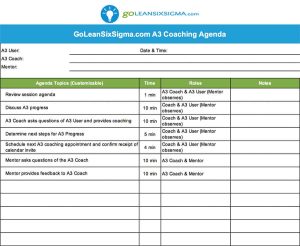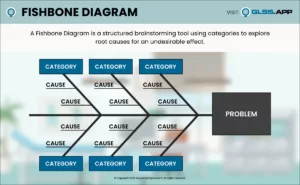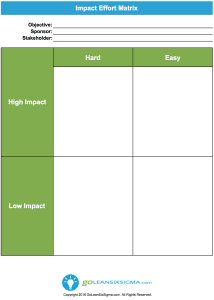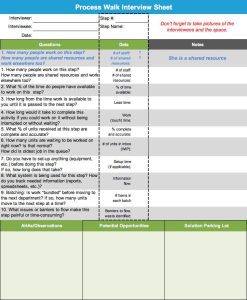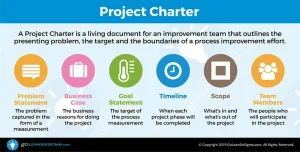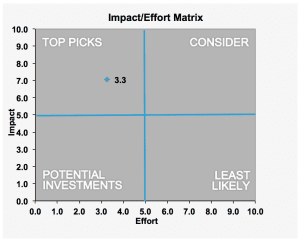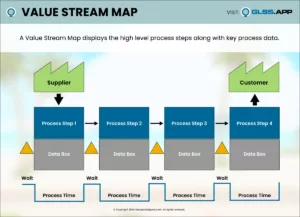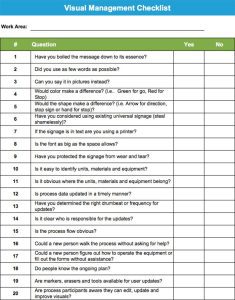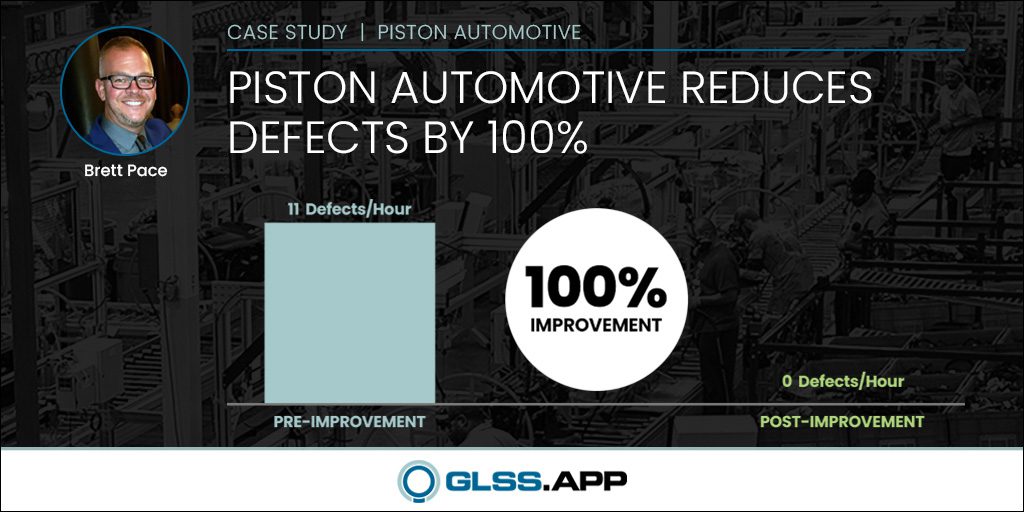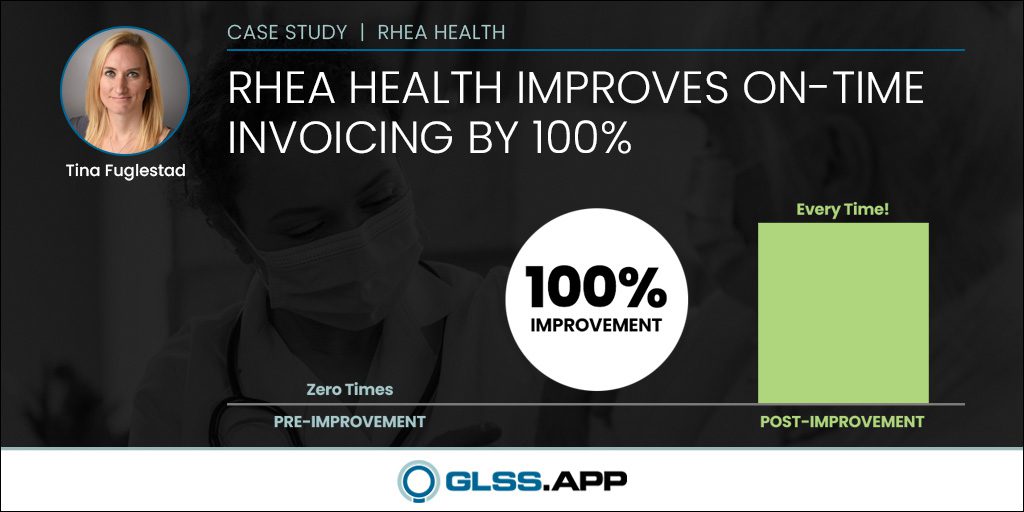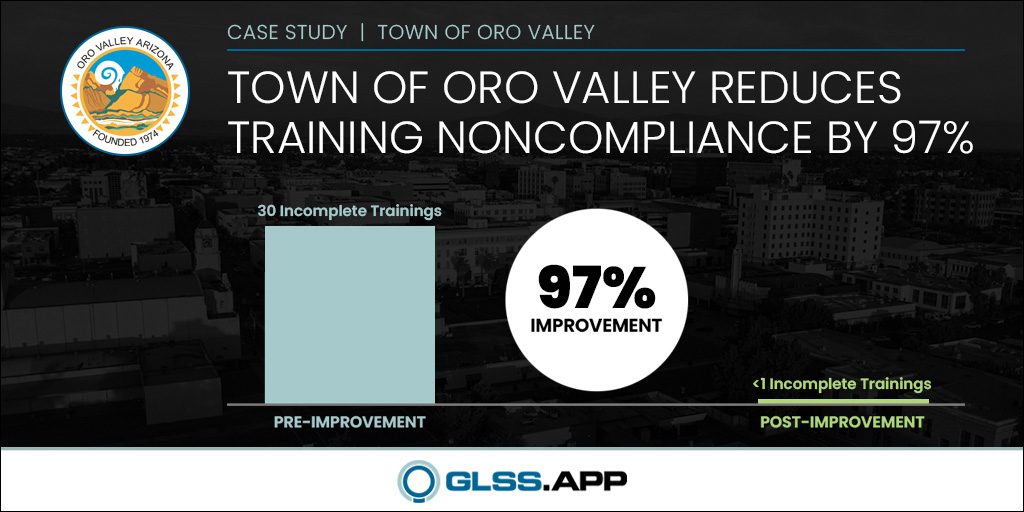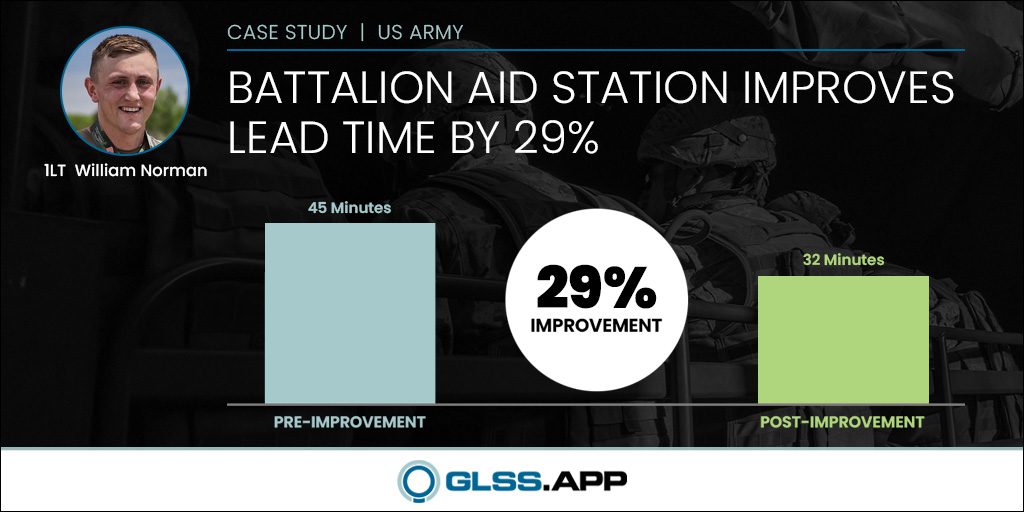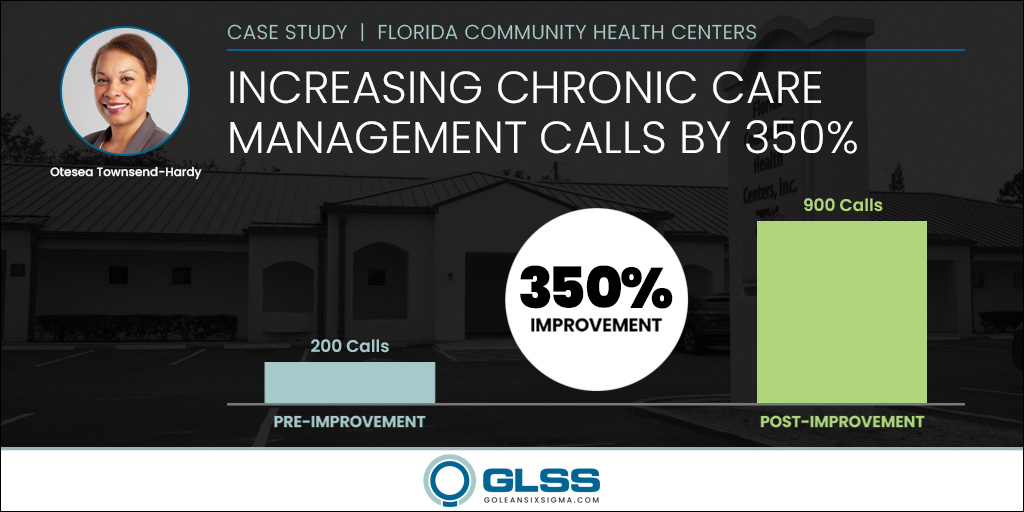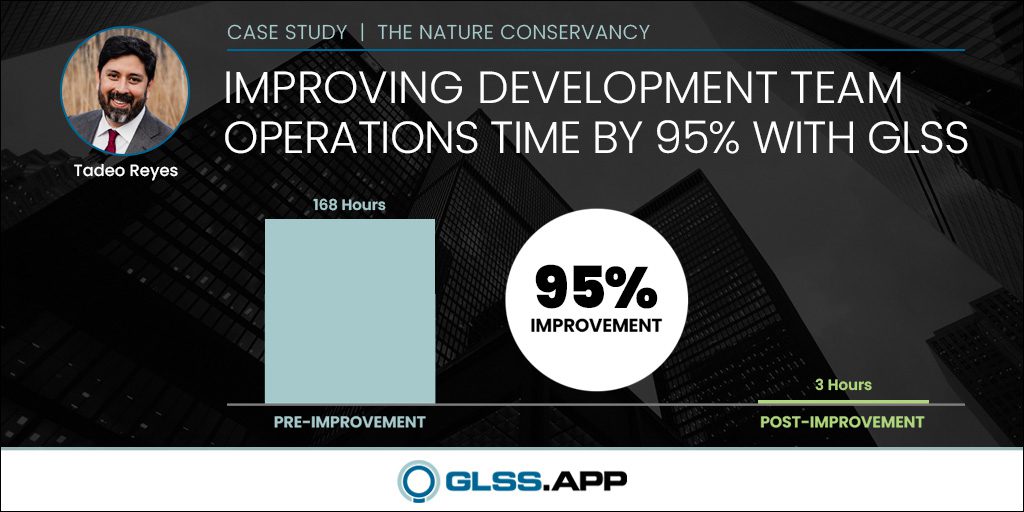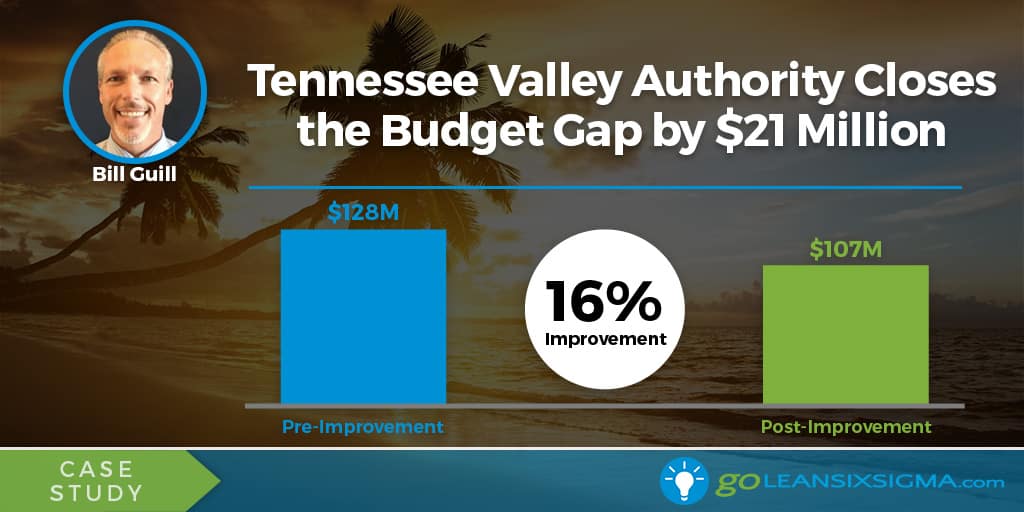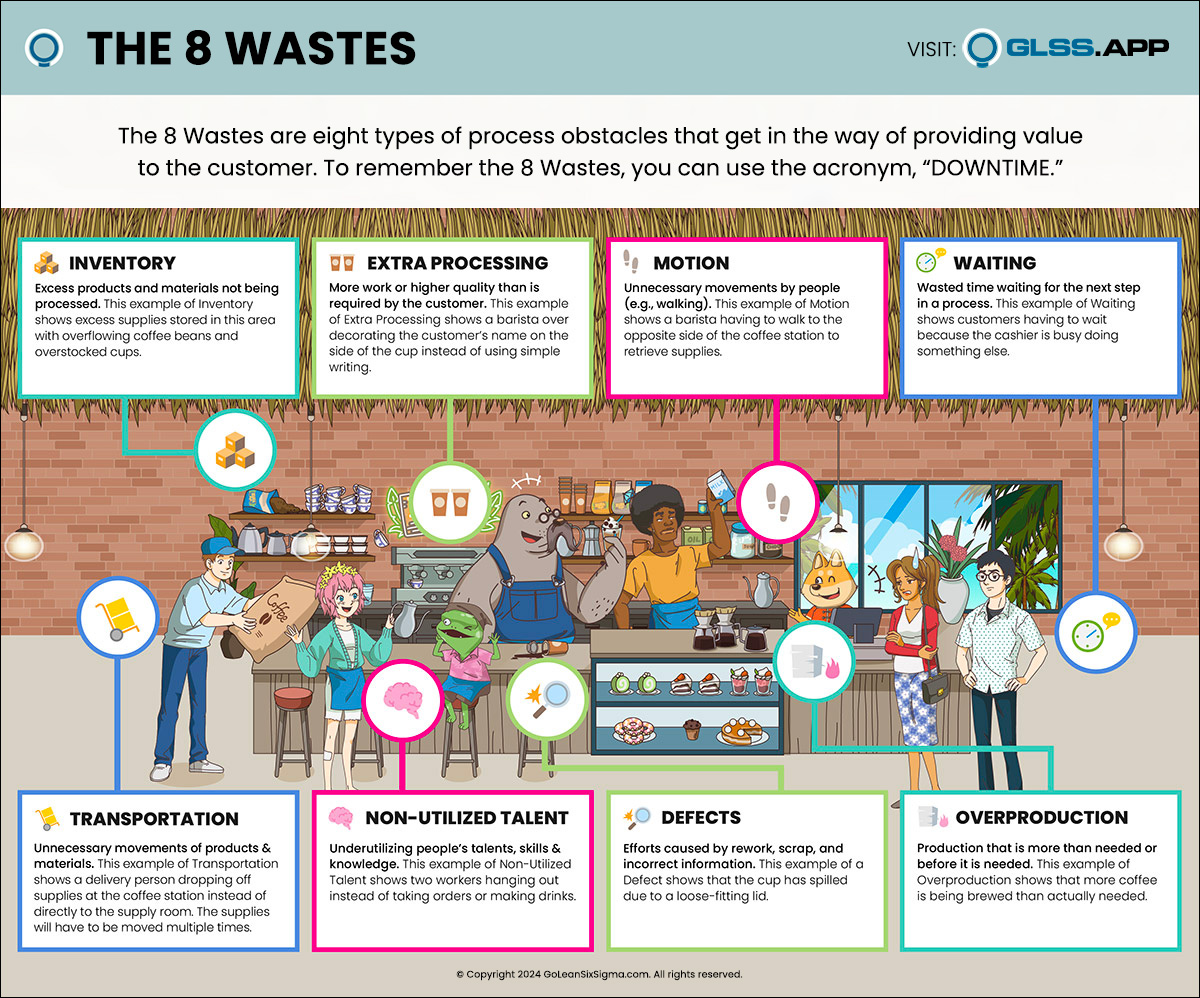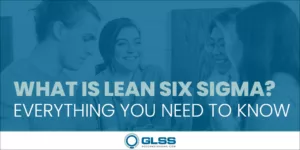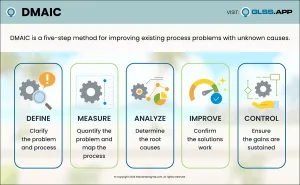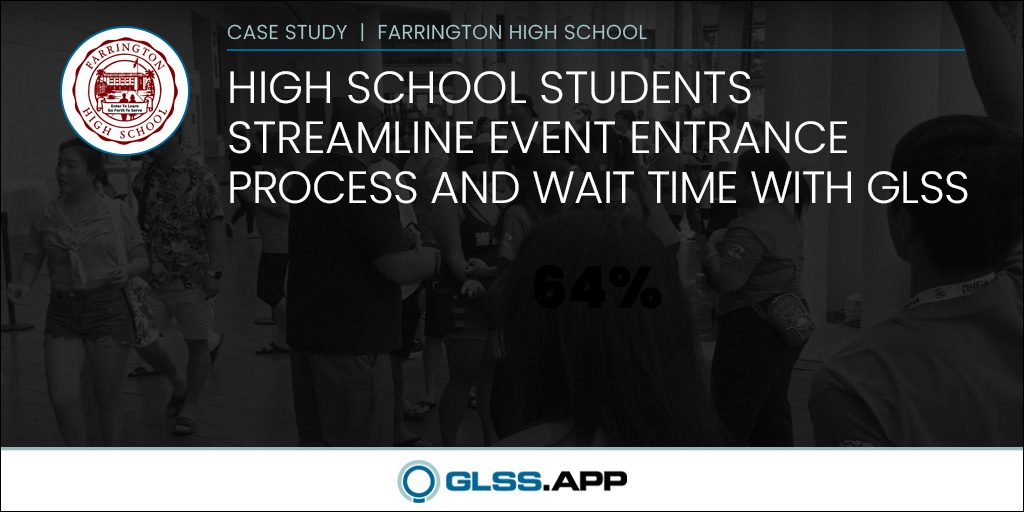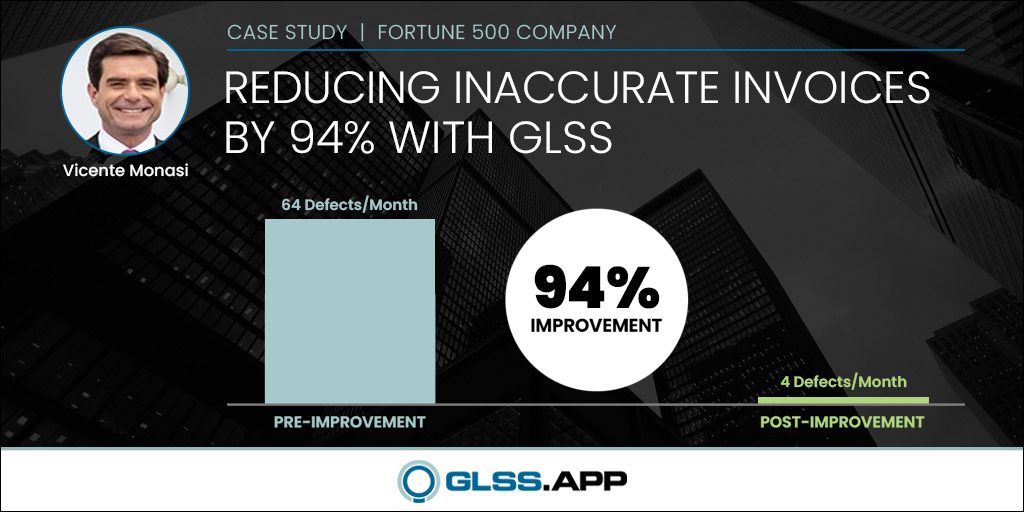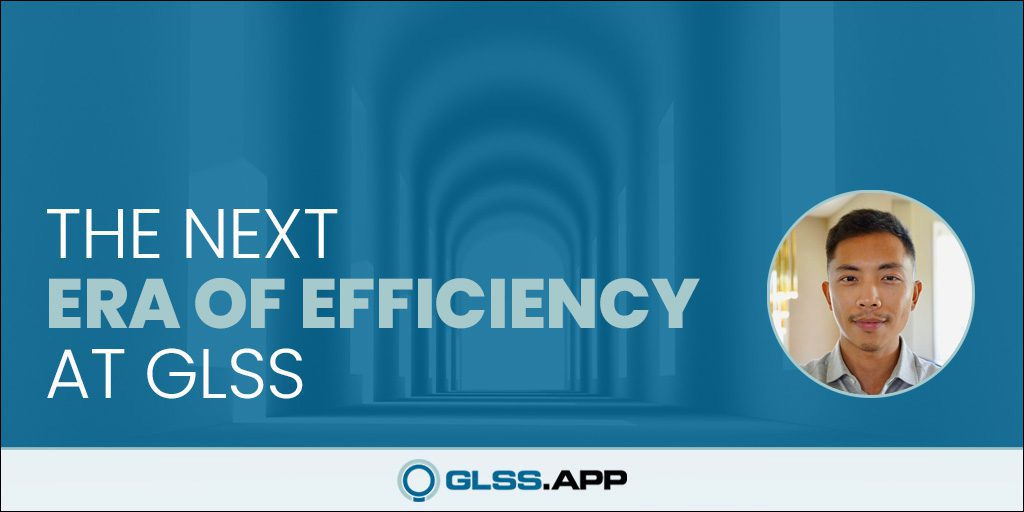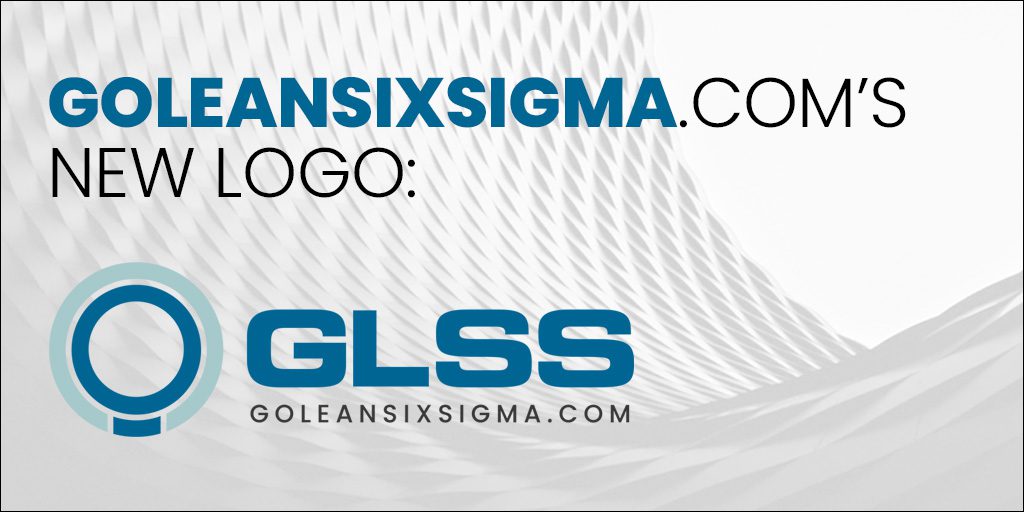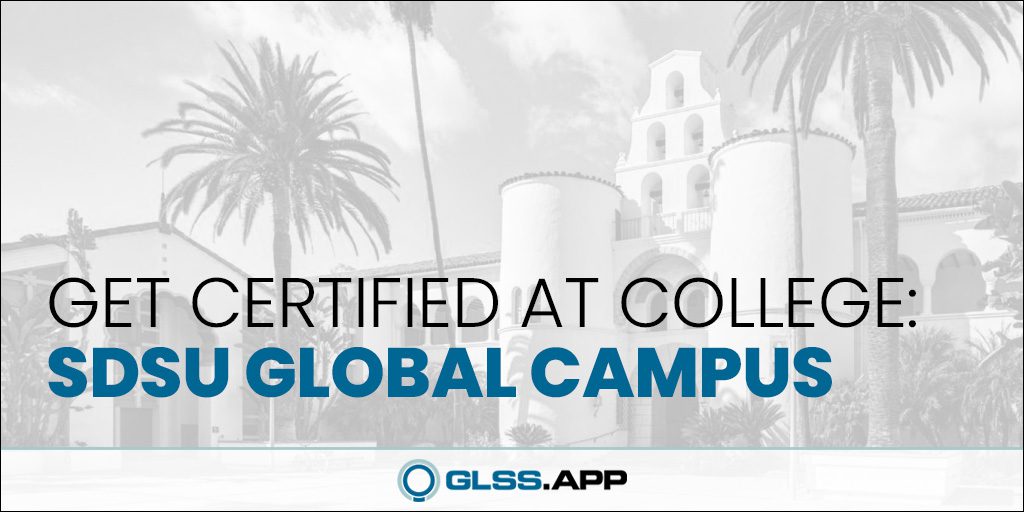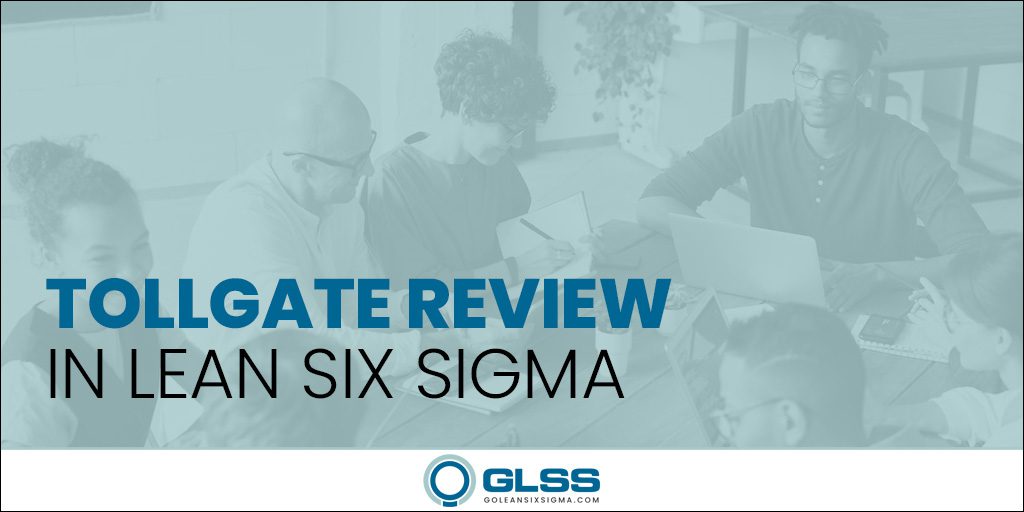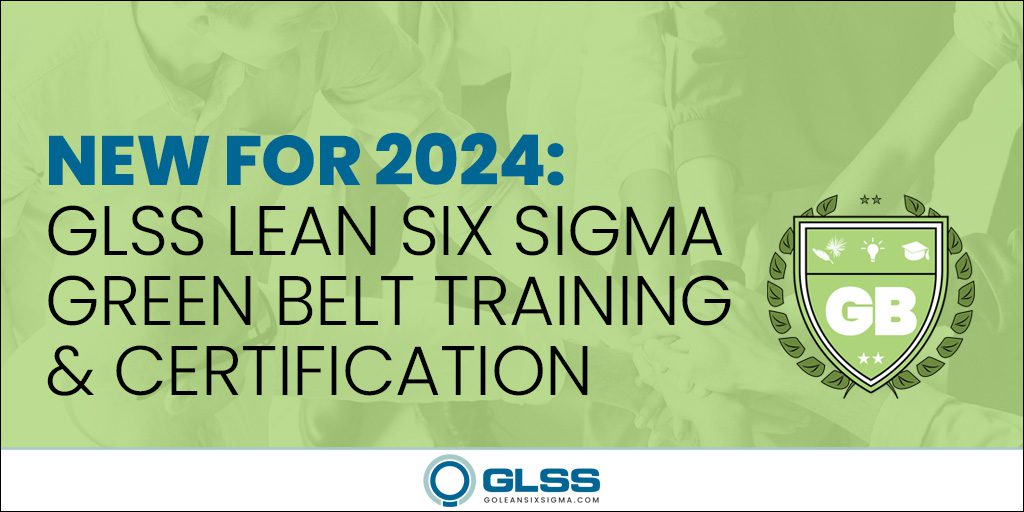Call Center Reduces Call Transfer Rate By 30% With GLSS
Home » Case Study » Call Center Reduces Call Transfer Rate By 30% With GLSS
United States
Technology
Call Center
30%
A call center for a business equipment and supplies company had call transfer rates well over 20% and customer dissatisfaction trending in the wrong direction. High transfer rates in a call center are an indication that customers are talking to multiple agents and their issues are taking way too long to resolve.
THE CHALLENGE
Call centers strive for a high first-call-resolution rate and minimal transfer rates, so this call center’s numbers indicated a big problem. The staff felt frustrated and helpless—“How can we help the customer expand their business if we can’t address their basic needs!” As they had in the past, employees were determined that new technology would fix the problem.
Melanie Losey, Senior Director of Continuous Improvement (CI), leads the CI Program Management Organization within the Technology Solutions area of the organization. She instigated a Call Transfer Rate project as a strategic effort to improve the customer experience.
Her goal was to address the challenge of clients dissatisfied with the basic help desk services and enable clients to extend their business.
THE DISCOVERY
Melanie and a team of agents addressed the call transfer problem with a Lean Six Sigma project. Melanie reflected, “Typically, a call center is a data-rich environment. We did a Pareto of the transfer types and identified the top issues. Then we tracked the transfers backwards, following the trail of the call.” During this Process (Gemba) Walk the team found numerous opportunities to improve the call prompts and agent training.
The team had a sense of what was driving the problem. High transfer rates are a common issue in call centers and some of the team members had experienced this before. The difference was that in the past they had no voice or means to resolve the issue—but using Lean Six Sigma they could improve the process.
Melanie and a team of agents addressed the call transfer problem with a Lean Six Sigma project. Melanie reflected, “Typically, a call center is a data-rich environment. We did a Pareto of the transfer types and identified the top issues. Then we tracked the transfers backwards, following the trail of the call.” During this Process (Gemba) Walk the team found numerous opportunities to improve the call prompts and agent training.
The team had a sense of what was driving the problem. High transfer rates are a common issue in call centers and some of the team members had experienced this before. The difference was that in the past they had no voice or means to resolve the issue—but using Lean Six Sigma they could improve the process.
The difference was that in the past they had no voice or means to resolve the issue—but using Lean Six Sigma they could improve the process.
Using a Fishbone Diagram, the team explored the potential causes of the problem. They identified outdated prompts directing clients to the wrong help desk and realized the top call issues were absent in their training. In the past the focus would have been on getting a new phone system or technology instead of looking at the process and root causes.
THE IMPROVEMENTS
Using the insights from the data analysis, Process Walk and Fishbone Diagram, the team quickly identified simple solutions that made a big impact. Their ideas required no major systems or technology changes. The solutions focused in two areas: updating the phone prompts to improve routing to the appropriate agents and developing training to address the top call issues.
The solutions focused in two areas: updating the phone prompts to improve routing to the appropriate agents and developing training to address the top call issues.
Along with the solutions, piloting was key. The rollout had to be thoughtful. They could not shut operations down in order to implement solutions. To minimize the impact to the client and staff, the team identified how many agents they could pull off the phones at which times to conduct the new training.
In addition, they staged a multi-phased rollout starting with a small team of agents within one area. They studied the results and lessons learned of the first phase before continuing the rollout. They repeated this across the call center. The approach allowed them to hone their solutions as the rollout progressed. Melanie recalls, “In the past we had great solutions but they were not fully adopted because they were not implemented effectively.”
The approach allowed them to hone their solutions as the rollout progressed.
THE IMPROVEMENTS
Using the insights from the data analysis, Process Walk and Fishbone Diagram, the team quickly identified simple solutions that made a big impact. Their ideas required no major systems or technology changes. The solutions focused in two areas: updating the phone prompts to improve routing to the appropriate agents and developing training to address the top call issues.
The solutions focused in two areas: updating the phone prompts to improve routing to the appropriate agents and developing training to address the top call issues.
Along with the solutions, piloting was key. The rollout had to be thoughtful. They could not shut operations down in order to implement solutions. To minimize the impact to the client and staff, the team identified how many agents they could pull off the phones at which times to conduct the new training.
In addition, they staged a multi-phased rollout starting with a small team of agents within one area. They studied the results and lessons learned of the first phase before continuing the rollout. They repeated this across the call center. The approach allowed them to hone their solutions as the rollout progressed. Melanie recalls, “In the past we had great solutions but they were not fully adopted because they were not implemented effectively.”
The approach allowed them to hone their solutions as the rollout progressed.
What’s Next

Melanie highlights that the biggest impact was with the organization’s culture. The Lean Six Sigma framework helped the team avoid jumping to expensive “technology solutions” of the past. Instead they used the data to discover where in the process to focus their problem solving efforts. The process led them to identify the root causes of the call transfers. The team developed much different solutions than expected going into the project.
The Lean Six Sigma framework helped the team avoid jumping to expensive “technology solutions” of the past. Instead they used the data to discover where in the process to focus their problem solving efforts.
This project not only improved client and employee satisfaction, but it increased awareness of how to utilize the Lean Six Sigma approach. This greatly benefited numerous projects that followed. Melanie recalls, “We leveraged the approach and best practices from this team. We’re getting better and better at the cycle time of these projects as people become more familiar with the Lean Six Sigma approach. Also, we now understand it’s worth the time investment to fix problems we couldn’t solve in the past.”
What’s Next
Melanie’s Continuous Improvement organization is a key resource within her organization’s efforts to improve the client experience. This is a strategic focus and once progress is made on the basic needs they will focus on services that are more value added to the client. “We don’t get the right to help the client expand their business if we can’t do the fundamentals.”
Melanie Losey is a Senior Director of Continuous Improvement (CI) for a technology leader in the business equipment and supplies industry. She leads the CI Program Management Organization (PMO) within the Sending Technology Solutions unit of the organization. The PMO manages a portfolio of CI projects focused on improving the client experience.



